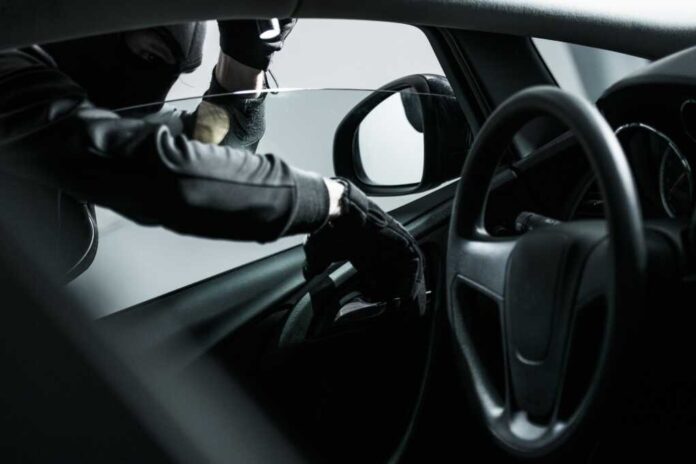
Thieves using wireless hacks and signal cloning have turned keyless entry vehicles into prime targets, forcing drivers and automakers into a cybersecurity arms race.
At a Glance
- Keyless entry systems are vulnerable to relay attacks and CAN bus exploits
- Car thefts in the U.S. topped 1 million in 2023, many involving digital toolsAutomakers face rising pressure to harden vehicle cybersecurity
- Drivers can deter theft using Faraday bags, steering locks, and software updates
- Lawmakers are considering bans on hacking tools used in vehicle theft
Digital Threats in the Driveway
Modern car theft no longer requires smashing windows or hotwiring ignitions. Today’s thieves use laptops, signal amplifiers, and network jammers to hijack vehicles with frightening ease. One prevalent method, the relay attack, allows criminals to amplify the wireless signal from a car’s key fob—even if it’s inside your home—and trick the car into unlocking and starting. Another technique targets the vehicle’s Controller Area Network (CAN) bus, often accessed through headlights or bumpers, to spoof internal messages and disable alarms.
According to the National Insurance Crime Bureau, more than 1 million vehicles were stolen across the U.S. in 2023—a continuation of the post-2019 surge. Experts attribute much of this increase to high-tech methods that can bypass even modern security systems in seconds.
Doug Jacobson, a cybersecurity professor at Iowa State University, warns that “a laptop is one of car thieves’ go-to tools,” underscoring how car theft has evolved from brute force to digital finesse.
Watch a report: How hackers break into keyless cars.
Drivers Fight Back
Despite rising threats, vehicle owners have a range of defenses at their disposal. Experts recommend Faraday pouches to block key fob signals, steering wheel locks for visible deterrence, and disabling wireless features in vehicle settings when not needed. Regular software updates and key reprogramming can close off known exploits before criminals can use them.
Steve Launchbury of Thatcham Research emphasized that “there are steps drivers can take today to add layers of security and deter criminals],” including simple habits like parking in well-lit areas and checking for signs of signal jamming near their vehicles.
Some carmakers are introducing biometric access features, while others are testing blockchain solutions for vehicle identity verification. Still, experts caution that internal vehicle networks are built on trust—meaning once a hacker is in, even AI systems may not stop them.
Policy and Prevention
Lawmakers are beginning to recognize the urgency of the problem. In the U.K., legislators are proposing a ban on the sale of keyless car hacking tools, and similar proposals are emerging in the U.S. The goal is to criminalize possession of relay amplifiers, CAN bus emulators, and similar devices unless owned by certified professionals.
The auto industry also has a role to play. A growing number of manufacturers are partnering with cybersecurity firms to build vehicles with better digital defenses. Initiatives include in-car intrusion detection systems and encrypted communications between components to reduce internal trust exploits.
As cars become smarter, so do the criminals who target them. Without rapid investment in automotive cybersecurity—and greater public awareness of digital theft tactics—the highway could become the next frontier of organized cybercrime.





























